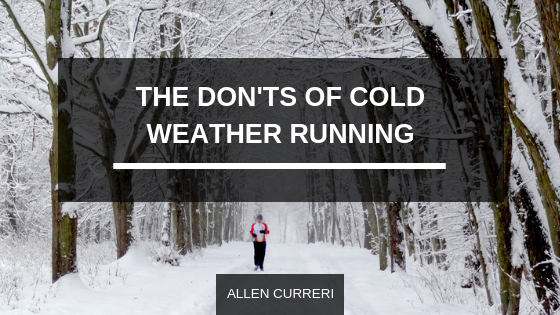Even with winter in its latter stages, cold weather continues to grip many parts of the country — in some cases, quite harshly. For runners, this means coming to terms with intense, chilly conditions that must be handled properly to ensure both safety and physical effectiveness.
Typically, the easiest way to run in the cold is to stop harmful setbacks and challenges before they occur. Here are some key “don’ts” of cold weather running.
Don’t run when you know it’s unsafe
Most runners are stubborn by nature; we will push through almost anything if it means completing our daily workout — be it a fledgling injury or a series of adverse environmental conditions. Regarding the latter, there are few weather-related excuses to skip a run (a little rain or a small snow flurry never hurt anyone), but intense cold weather is one of the few that is objectively valid.
The reality is that some cold temperatures are simply too dangerous to run in for long periods of time — especially those dropping below single digits. It is better to train indoors or take off than risk damaging your lungs or skin, which could yield permanent consequences to your wellbeing. The best rule of thumb is to take all advantages to train when the winter weather is under control, and avoid overthinking and stressing yourself out when things do not go your way; at the end of the day, it is out of your hands and is not an indicator of laziness.
Don’t skimp on proper apparel
A runner’s tolerance for cold conditions usually boils down to personal preference; some are able to run in frigid temperatures without gloves while others bundle up beyond what they might actually need to stay warm. That said, know your limits with cold running comfort. There is no reason to suffer through the elements if a few apparel changes could prevent it. Specifically, research and invest in proper footwear, headwear, and handwear, as these areas are common complaint in times of harsh cold running.
Don’t run before the roads are tended to
It is usually not a good idea to run across fresh snow and/or ice, as this can court accidents, injuries, and other potential disasters to your training cycle. If you have the option, wait until your local township workers have successfully plowed and salted the roads in your community. Otherwise, it is better to train indoors or take off in lieu of taking the risk.

